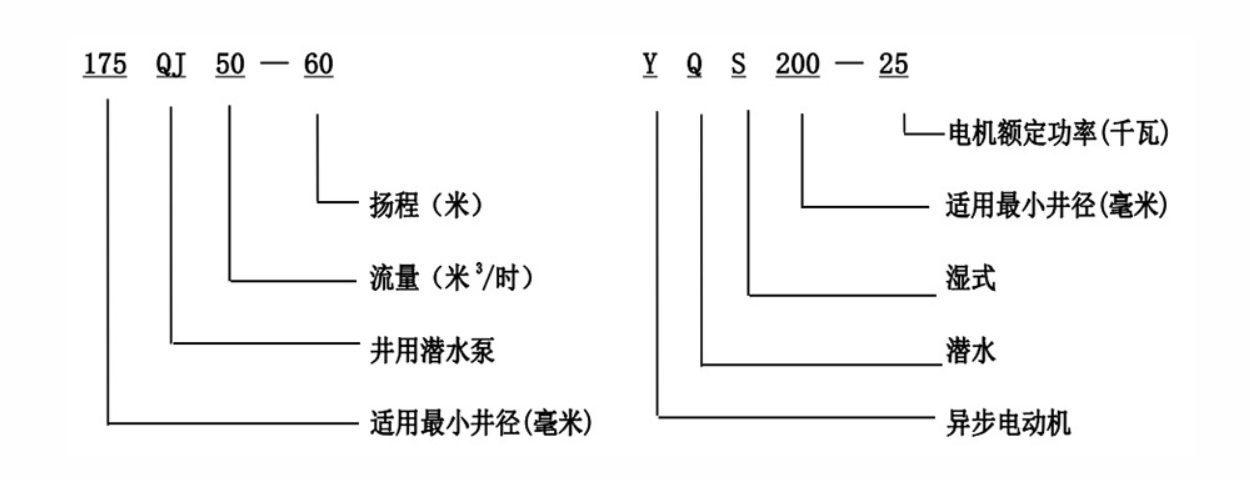Oct . 17, 2024 12:21 Back to list
dc submersible pump
Understanding DC Submersible Pumps A Comprehensive Overview
DC submersible pumps have become increasingly popular in various applications due to their efficiency, portability, and adaptability. These pumps are designed to operate submerged in liquids, making them essential in areas like aquaculture, agriculture, water management, and even in industrial processes. In this article, we will explore the fundamentals of DC submersible pumps, their working principles, advantages, applications, and considerations for selection.
What is a DC Submersible Pump?
A submersible pump is a type of pump that is hermetically sealed and submerged in the fluid it is intended to pump. They are typically driven by a direct current (DC) motor, which makes them energy-efficient and suitable for locations where AC power is not readily available. These pumps efficiently move water and other fluids by converting rotational energy from the motor into kinetic energy in the fluid.
Working Principle
The operation of a DC submersible pump is quite straightforward. The pump consists of a motor, a pump body, an impeller, and various sealing mechanisms to keep water out of the motor compartment. When the pump is submerged and activated, the DC motor spins the impeller, which creates a pressure difference. This difference allows water to enter the pump, where it is then pushed upward through the discharge outlet.
One key feature of DC submersible pumps is their ability to run off of solar panels or rechargeable batteries, which makes them ideal for remote locations. This characteristic also supports sustainable practices, as they can harness renewable energy sources.
Advantages of DC Submersible Pumps
1. Energy Efficiency DC submersible pumps are known for their low energy consumption, especially when powered by solar energy. This makes them economically viable over time, substantially reducing operational costs compared to traditional pumps.
2. Portability These pumps are typically lightweight and easy to transport. This portability allows for quick deployment in various applications, making them highly versatile.
3. Quiet Operation DC motors tend to operate more quietly than their AC counterparts, which is beneficial in residential or sensitive environments where noise pollution is a concern.
dc submersible pump

4. Durability Submersible pumps are designed to operate in harsh conditions. With robust construction and proper sealing, they can withstand exposure to water and various chemicals over prolonged periods.
5. Maintenance These pumps require less maintenance as they are usually protected from contaminants by being submerged. Regular checks can assist in prolonging their lifespan and ensuring efficiency.
Applications
DC submersible pumps have a myriad of applications, including
- Agricultural Irrigation Farmers utilize these pumps for efficient irrigation systems, ensuring their crops receive adequate water supply. - Aquaculture They are used in fish farming to circulate and aerate water, providing a healthy environment for aquatic life.
- Water Supply In remote areas, these pumps can draw water from wells or lakes, supplying clean water for drinking and domestic purposes.
- Industrial Use Industries often use DC submersible pumps for various processes, including wastewater management and chemical processing.
Selection Considerations
When choosing a DC submersible pump, it’s crucial to consider several factors - Flow Rate Determine the required flow rate for your specific application to ensure the pump can meet your needs. - Head Height Assess the vertical distance the pump must push the water, known as head height. - Power Source Decide whether the pump will be powered by batteries or solar panels and verify compatibility. - Material Compatibility Ensure the pump materials are suitable for the liquid being handled to prevent corrosion or damage. - Durability and Reliability Look for pumps that have solid customer reviews and proven performance records, especially in similar applications.
Conclusion
DC submersible pumps are an essential technology contributing to efficiency and sustainability in various fields. Their ability to operate submerged in a variety of fluids, coupled with energy-saving capabilities, makes them a valuable asset for agricultural, industrial, and domestic use. As the demand for efficient water management solutions increases, understanding and utilizing DC submersible pumps will prove essential in meeting these needs effectively.
-
Submersible Water Pump: The Efficient 'Power Pioneer' of the Underwater World
NewsJul.01,2025
-
Submersible Pond Pump: The Hidden Guardian of Water Landscape Ecology
NewsJul.01,2025
-
Stainless Well Pump: A Reliable and Durable Pumping Main Force
NewsJul.01,2025
-
Stainless Steel Submersible Pump: An Efficient and Versatile Tool for Underwater Operations
NewsJul.01,2025
-
Deep Well Submersible Pump: An Efficient 'Sucker' of Groundwater Sources
NewsJul.01,2025
-
Deep Water Well Pump: An Efficient 'Sucker' of Groundwater Sources
NewsJul.01,2025
-
 Submersible Water Pump: The Efficient 'Power Pioneer' of the Underwater WorldIn the field of hydraulic equipment, the Submersible Water Pump has become the core equipment for underwater operations and water resource transportation due to its unique design and excellent performance.Detail
Submersible Water Pump: The Efficient 'Power Pioneer' of the Underwater WorldIn the field of hydraulic equipment, the Submersible Water Pump has become the core equipment for underwater operations and water resource transportation due to its unique design and excellent performance.Detail -
 Submersible Pond Pump: The Hidden Guardian of Water Landscape EcologyIn courtyard landscapes, ecological ponds, and even small-scale water conservancy projects, there is a silent yet indispensable equipment - the Submersible Pond Pump.Detail
Submersible Pond Pump: The Hidden Guardian of Water Landscape EcologyIn courtyard landscapes, ecological ponds, and even small-scale water conservancy projects, there is a silent yet indispensable equipment - the Submersible Pond Pump.Detail -
 Stainless Well Pump: A Reliable and Durable Pumping Main ForceIn the field of water resource transportation, Stainless Well Pump has become the core equipment for various pumping scenarios with its excellent performance and reliable quality.Detail
Stainless Well Pump: A Reliable and Durable Pumping Main ForceIn the field of water resource transportation, Stainless Well Pump has become the core equipment for various pumping scenarios with its excellent performance and reliable quality.Detail
